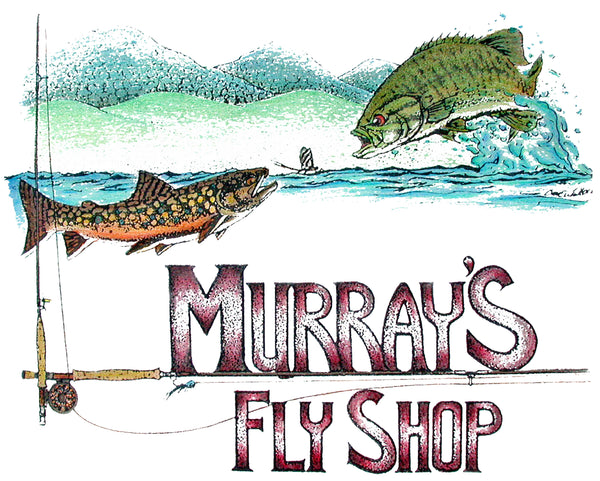Reading the Feeding Stations on a Mountain Trout Stream
READING THE FEEDING STATIONS ON A MOUNTAIN TROUT STREAM
Learning to properly identify the feeding stations in a mountain trout stream is one of the most valuable skills an angler can develop. Not only will this help him catch more trout in these streams but these skills are the building blocks for all serious trout fishing.

I have many customers who began in my mountain trout schools many years ago who are now trout fishing successfully all around the world. The lip of the pool from which he learned to catch the brook trout in a mountain trout stream is the same lip which will give him that large brown trout in the Yellowstone River. Likewise the same back eddy which produced that good brook trout in the mountain stream will give you a large cutthroat trout in the Blackfoot River.
Actually, the trout in mountain streams will help you to master trout fishing because they need to feed whenever there is natural food available to them. This is because a good mountain trout stream produces 150 pounds of aquatic insects per acre of stream bottom. Whereas, a rich limestone spring creek can hold 2000 pounds of aquatic insects per acre of stream bottom.
Not only do mountain trout need to feed whenever food is available, they must feed in an efficient manner. They must capture the maximum amount of food with the least amount of effort. This is where the odds shift to our favor as we learn to identify and properly fish each feeding station.
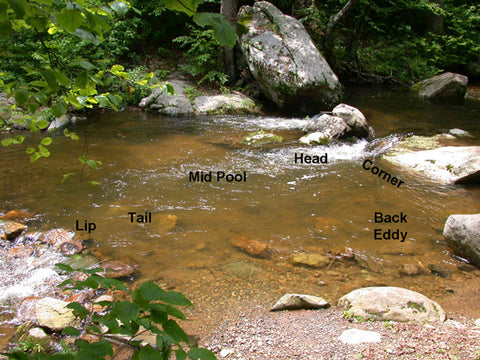
There are six possible feeding stations in each pool. Few pools will have all six but many pools will have several feeding stations, all of which will hold feeding trout.
These streams are fished upstream in order to prevent scaring the trout. Therefore let us start at the lower, downstream end of the pool and fish our way up through it just as if we were actually on the stream. Let us assume this pools has all six feeding stations.
The lip feeding station is located in the extreme downstream section of the pool. It is usually formed as a boulder momentarily slows the current before it leaves the pool. Practically all of the natural food in the pool is funneled over this feeding station. The trout can easily hold in front of this boulder and sip in every natural insect which drifts by. I call this the primary feeding station because it usually holds the largest trout in the pool. The lip is easy to fish because you can sneak in below it and cast a dry fly two feet above the boulder and the trout will grab it as it drifts naturally to him.
The tail of the pool is the next feeding station upstream. It is at its best in those pools with no well defined lip. Trout here seek protection from the current by holding in crevices in the stream bottom. Since these may be difficult to spot as you move up from downstream an effective tactic is to stay low, maybe even on your hands and knees, and fan four to six casts across the entire tail of the pool.
The mid pool feeding station is the next area upstream. Trout here seek protection from the current by holding close to the stream bottom and thus must rise all the way up through the current to capture their food. For this reason it is not easy for a trout to feed efficiently here. Consequently the large trout often choose other feeding stations and leave the mid-pool area for the smaller trout. However, you still want to fish this whole area thoroughly…. Six or eight casts is usually fine.
The back eddy is a slow reverse flow of current, usually located on the side of the pool opposite of the main current. This can range from three feet o twelve feet in diameter and it can be from a foot to three feet deep. During periods of high water this becomes a very important feeding area because the trout can locate here to avoid the powerful currents. I once caught many large trout here during a high spring run off. There was a great hatch of blue quill mayflies but due to the cold air and cold stream many of the nymphs were having trouble popping their wing pads and many of the duns were having trouble drying their wings to fly off the surface. Consequently the back eddies were covered with dozens of these flies. Many large trout held beneath these flotilla of mayflies and sucked them in at their leisure. An effective way to fish this situation is to cast a dry Blue Quill dry fly size 16 out in front of each feeding trout.
The back eddy is also a great feeding station late in the summer when the streams become very low and the hatches are sparse. Now they become collecting reservoirs for great numbers of terrestrial insects and the trout cruise the whole eddy in search of food. Taper down to a 7X leader and use a Murray’s Fly Beetle size 18 or a Mr. Rapidan Ant size 18 and you can catch many of these trout. In order to present my fly in the trout’s cruising path I cautiously move in close so I can actually spot him and then cast my fly a foot out in front of him.
The head of the pool where the stream flows in from the pool above is a rich source of food, especially from spring until early in the summer. The best feeding stations here are on the sides of this heavy flow where the fast water in the center meets the slow water on each side. Frequently you can catch several trout along each side of this interface on nymphs or drys. When I conduct my “Mountain Trout on the Stream Schools” I can help many beginning anglers catch trout here because it is easy to overcome the current drag on the fly. By positioning yourself straight downstream of the head of the pool and casting straight upstream your line, leader, and fly will all drift naturally and you have your trout.
The corner of the pool is an outstanding feeding station and if the largest trout in the pool is not on the lip he will be here because of the great amount of food it delivers.
The corner is a miniature lazy-Susan lying immediately beside the uppermost part of the head of the pool. Not all pools have a well defined corner but if there is a shallow gravel bar or several large boulders in the lower portion of the pool on one side of the stream these may shunt the current to flow upstream on that side until it hits a large boulder beside the head of the pool. This is where the corner is formed as this current slides back into the main stream. The corner is the furthest upstream feeding station a trout can choose and although it is often only a foot in diameter this current sliding along the face of the upstream boulder brings these trout a tremendous amount of food. The thing to remember when you are fishing a corner is that the current and the insects it carries, are flowing in the opposite direction of the current in the main part of the pool and this is the way you want your fly to drift.
My favorite way to fish a corner is to approach it from the apposite side of the stream using the fast current in the head of the pool to hide me. Dry flies are much more effective than nymphs in the corners of the pools because usually the strike comes in the first several seconds of the drift and this is easier to see on a dry. Upon your presentation be sure to reach up and out over the fast currents with your fly rod and as your fly drifts naturally to the trout you may catch your largest trout of the season.
As you fish up a mountain trout stream you will master the identification of these six feeding stations and come to realize how this will help you grow as a serious trout angler.
All of this information and more can be found in my book Trout Fishing in the Shenandoah National Park.
-
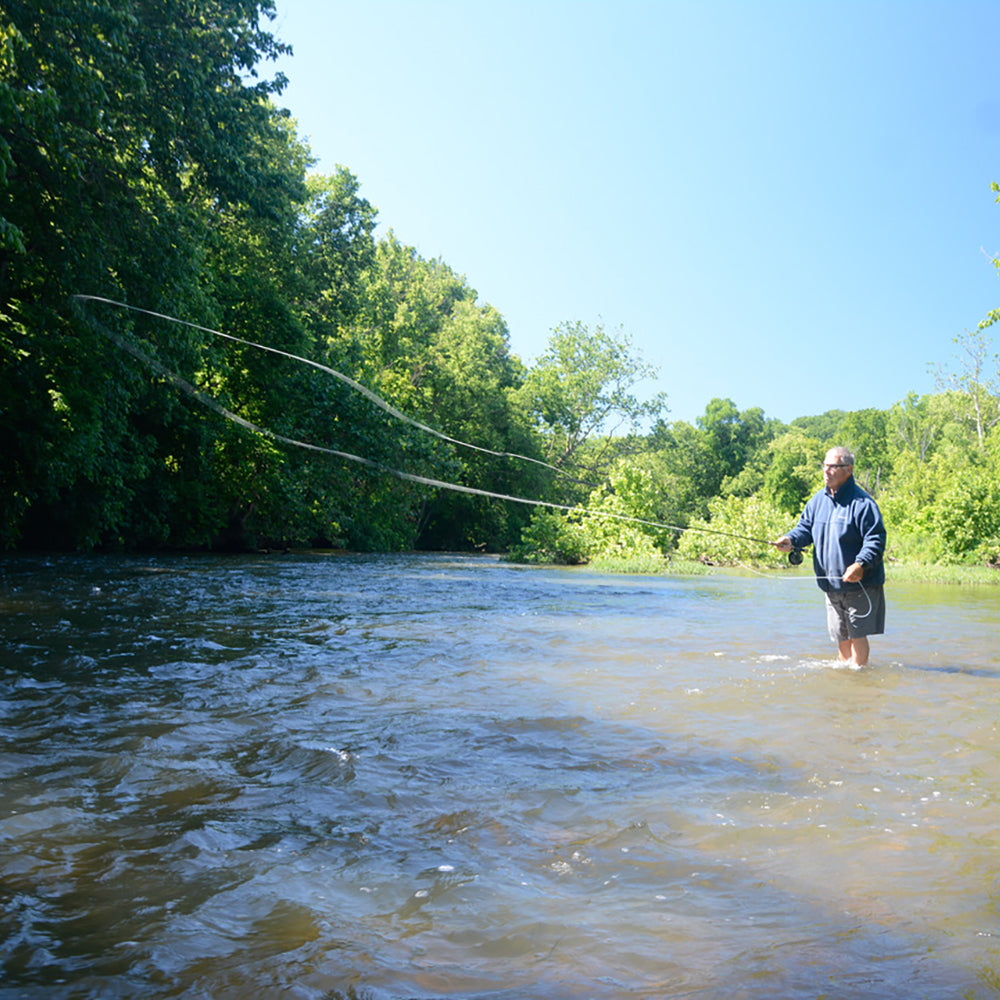
Learn Fly Fishing at Murray’s Fly Shop: Classes, Workshops & Schools
Welcome to Murray’s Fly Shop – Your Fly Fishing Learning Hub At...
-
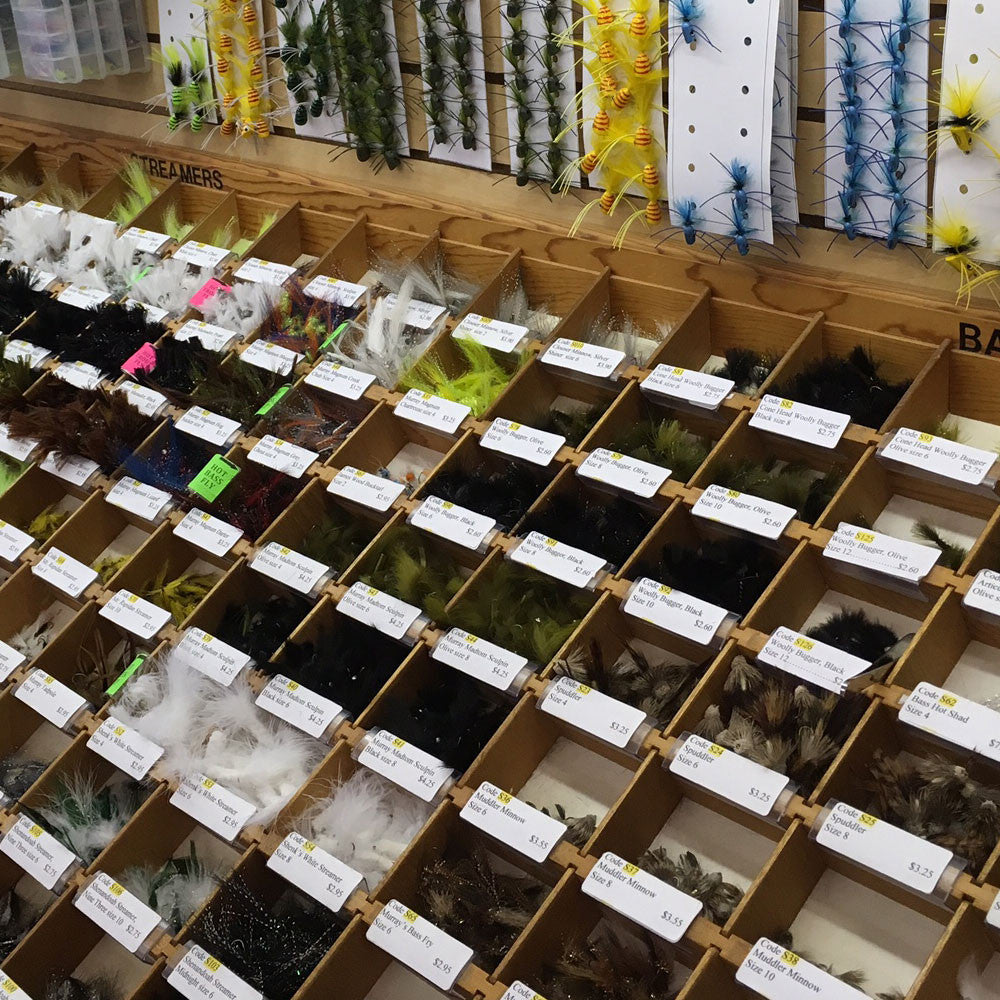
Featured Flies of the Month
Harry Murray's recommended fly list for this time of the year. (November...
-
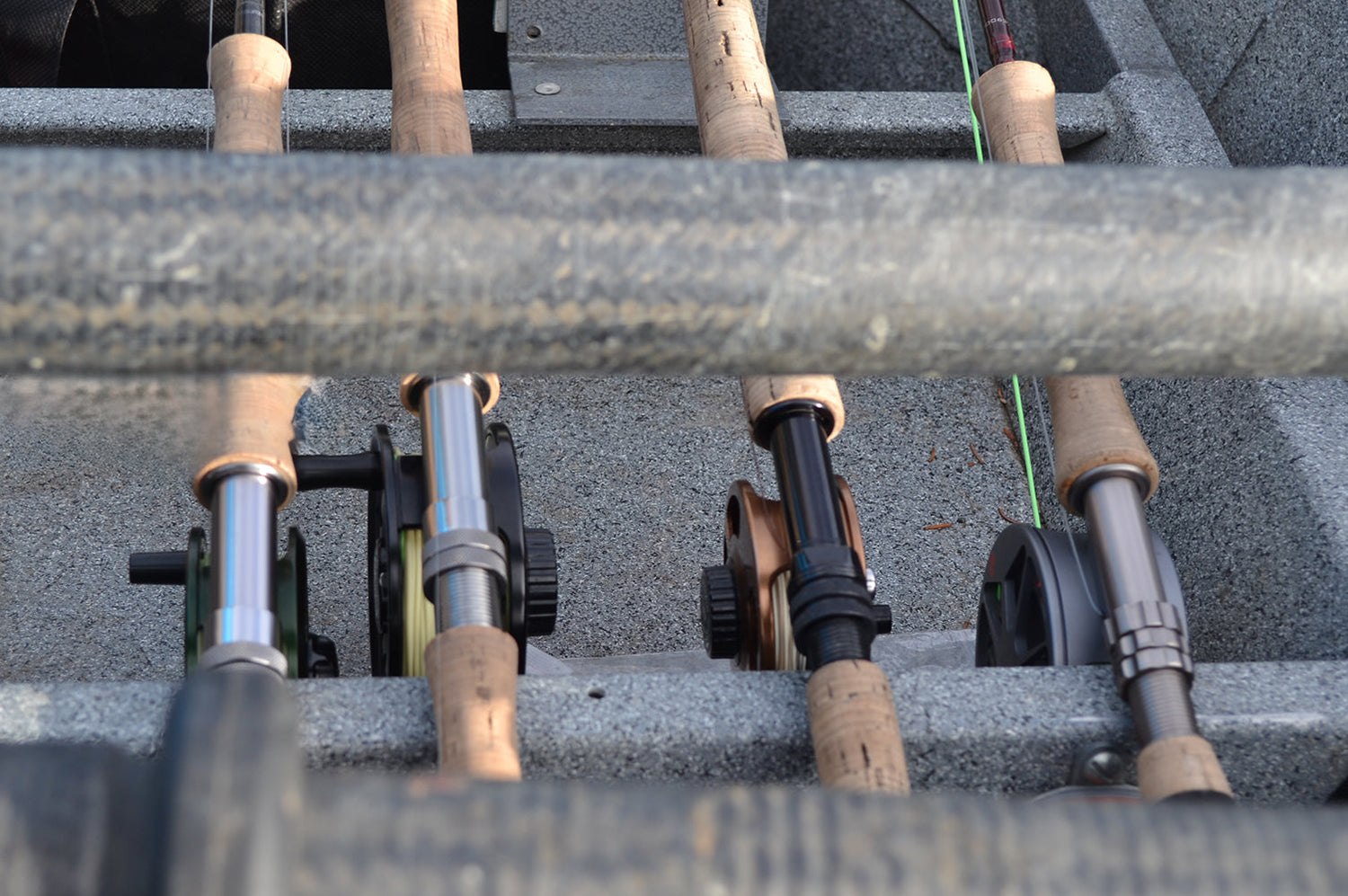
Fly Fishing Rod Outfits
Fly Fishing Rod and Reel Outfits for Smallmouth Bass fly fishing, Trout...
